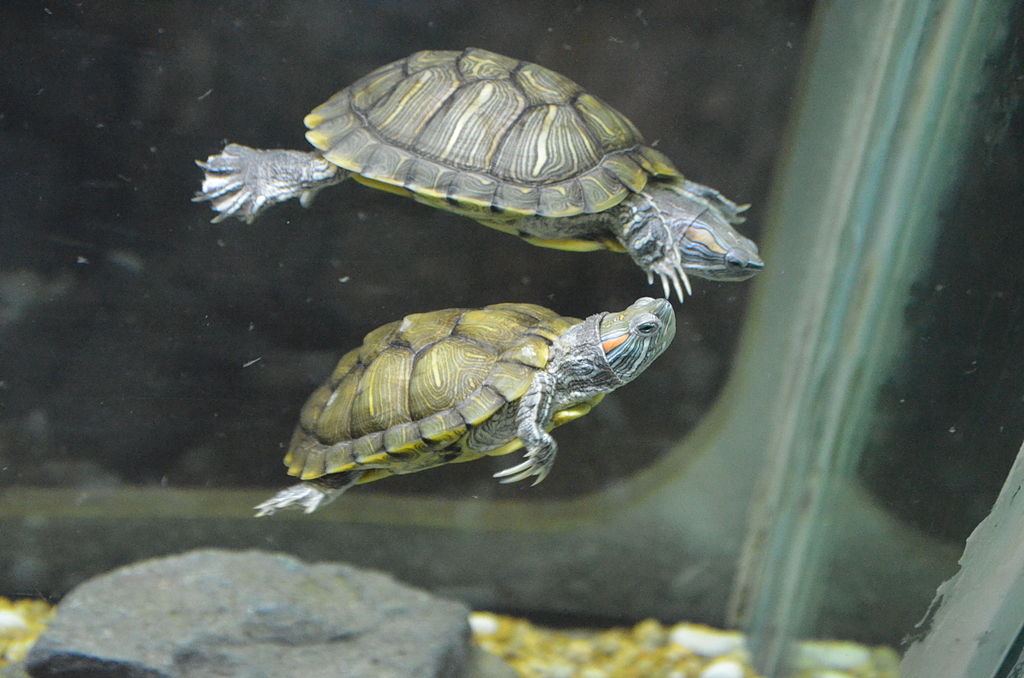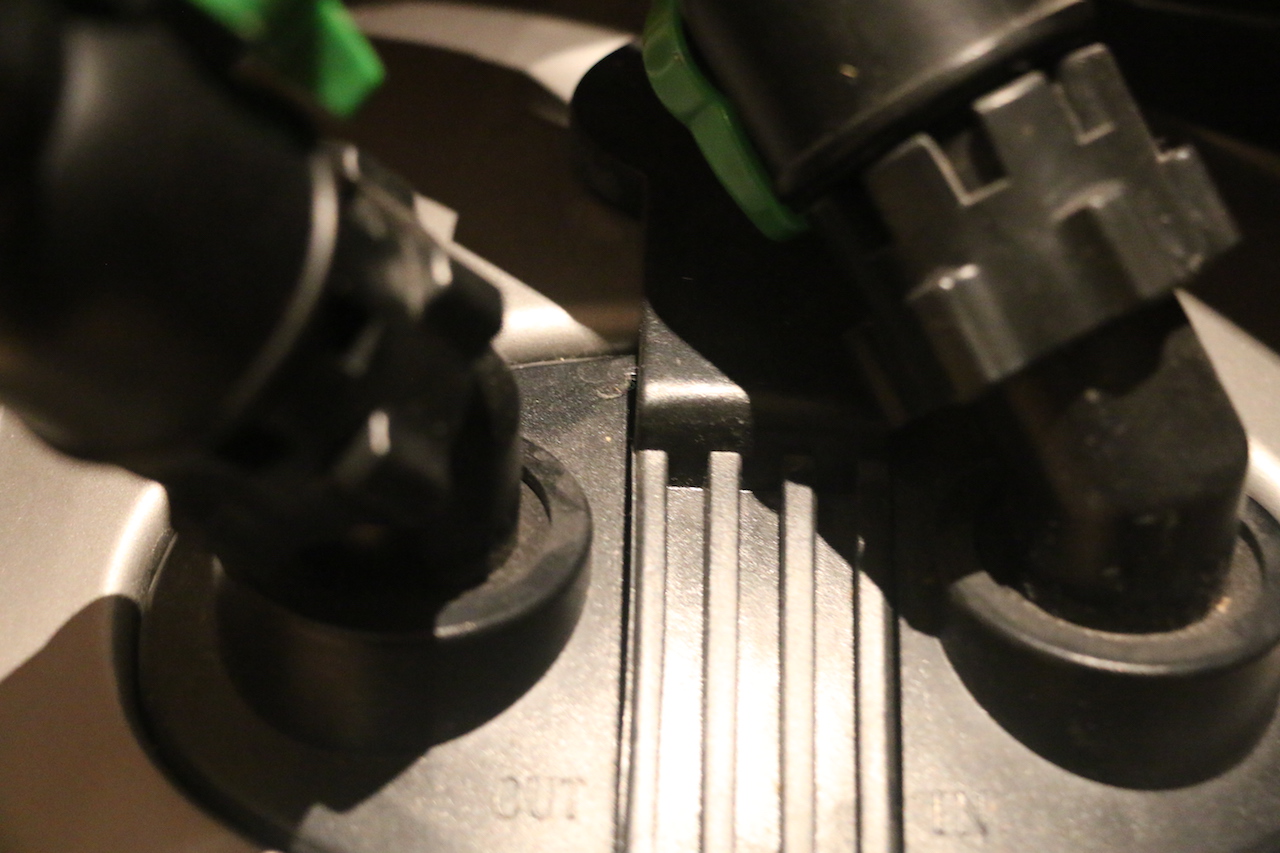BUYING - GENDER
Gender
Until turtles measure about 10 cm, it’s impossible to be sure about their gender. Once they reach this size, their nails and tail should indicate whether they are male or female. Males are often smaller than females.
Features of male turtles
Males have long nails on their front legs. They also have a long, thick tail and their cloaca (the opening for sexual intercourse and removal of waste) sticks out from their shell. This cloaca contains the turtle’s penis, which male turtles show occasionally.
Features of female turtles
Females do not have long nails on their front legs; the nails of their front legs are the same length as those of their hind legs. They have a short, thin tail. If your turtle lays eggs, you’ll know that it’s a female! Even without a male around, a turtle has to lay eggs from time to time.
The plastron doesn’t tell us anything
It’s often said that the bulge or hollow of the plastron (the underside of the shell) indicates a turtle’s gender. This is true for tortoises, but when it comes to aquatic turtles, the plastron doesn’t tell us anything about the animal’s gender.
Looking for a particular species?
View the page about species.


